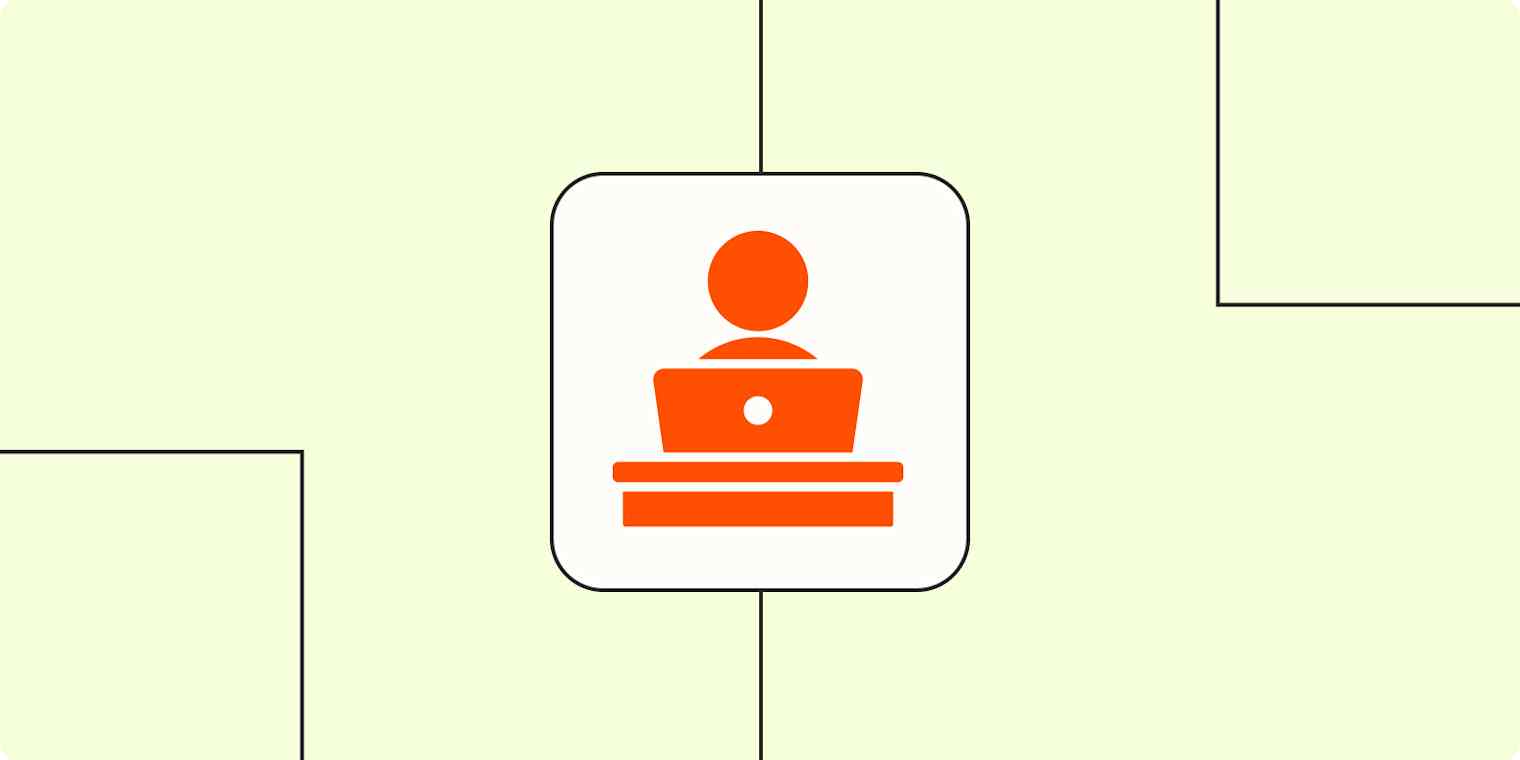Productivity tips
5 min read4 lessons full-time employees can learn from freelancers
By Leanna Lee · September 24, 2024

Get productivity tips delivered straight to your inbox
We’ll email you 1-3 times per week—and never share your information.
Related articles
Improve your productivity automatically. Use Zapier to get your apps working together.








